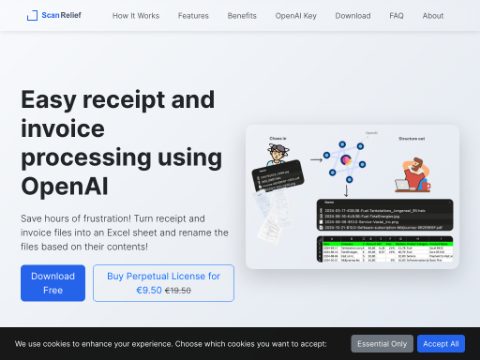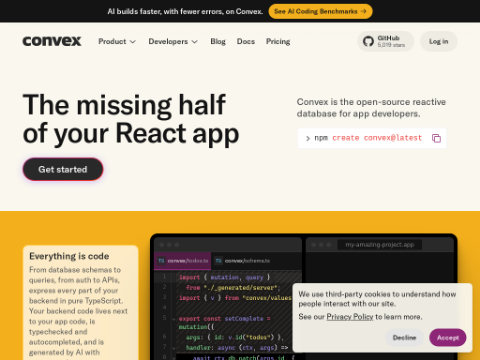Originating from Singapore and gaining significant recognition in the United States thanks to its Hailuo AI video model, MiniMax has recently unveiled and made open-source its MiniMax-01 series models. These models are specifically engineered to manage extensive text contexts and enhance AI agent development.
MiniMax-Text-01, a crucial model within this series, boasts a context window capable of handling up to 4 million tokens, equivalent to the volume of books in a small library. In large language models (LLMs), the context window denotes the quantity of information the model can process in a single input/output exchange, with words and concepts represented as numerical tokens, forming an internal mathematical abstraction of the LLM's training data.
Prior to this, Google's Gemini 1.5 Pro led with a context window of 2 million tokens, whereas MiniMax-Text-01 doubles that capacity. MiniMax claims that MiniMax-01 can efficiently handle up to 4 million tokens, offering 20 to 32 times the capacity of other leading models, thereby supporting the anticipated surge in agent-related applications requiring extended context processing and persistent memory capabilities.
Currently, these models are available for download on Hugging Face and GitHub under MiniMax's custom license. Users can experiment with them on Hailuo AI Chat, a competitor to ChatGPT, Gemini, and Claude, or integrate via MiniMax's application programming interface (API) for third-party developers to link their unique applications with these models.
MiniMax provides competitive pricing for API access to text and multimodal processing: $0.2 per million input tokens and $1.1 per million output tokens. Comparatively, OpenAI charges $2.5 per million input tokens through its GPT-4 API, making MiniMax significantly more affordable.
Furthermore, MiniMax incorporates a Mixture of Experts (MoE) framework featuring 32 experts to optimize scalability. This design maintains competitive performance on key benchmarks while balancing computational and memory efficiency.
At the heart of MiniMax-01 lies the Lightning Attention mechanism, an innovative alternative to transformer architectures. By combining linear and traditional SoftMax layers, it achieves near-linear complexity for long inputs, with the model comprising 45.6 billion parameters and activating 45.9 billion during each inference.
To support the Lightning Attention architecture, MiniMax has reconstructed its training and inference frameworks, implementing critical enhancements such as optimized MoE all-to-all communication, reduced GPU intercommunication overhead, minimized computational waste through variable-length ring attention, and efficient kernel implementations using customized CUDA kernels to boost Lightning Attention's performance. These advancements render MiniMax-01 models more practical for real-world applications while maintaining cost-effectiveness.
In mainstream text and multimodal benchmarks, MiniMax-01 rivals top models like GPT-4 and Claude-3.5, particularly excelling in evaluations involving long contexts. MiniMax-Text-01 achieved 100% accuracy in a "needle-in-a-haystack" task with a 4-million-token context, showing minimal performance degradation as input length increases.
MiniMax plans to regularly update its models to expand functionality, including code and multimodal enhancements. The company views open-sourcing as a foundational step towards evolving AI agent capabilities. With 2025 predicted to be a transformative year for AI agents, the demand for persistent memory and efficient inter-agent communication is growing, and MiniMax's innovations aim to address these challenges.
MiniMax invites developers and researchers to explore the capabilities of MiniMax-01 and welcomes technical suggestions and collaboration inquiries. With its promise of cost-effective and scalable AI, MiniMax plays a pivotal role in shaping the era of AI agents, providing developers with exciting opportunities to push the boundaries of long-context AI capabilities.








